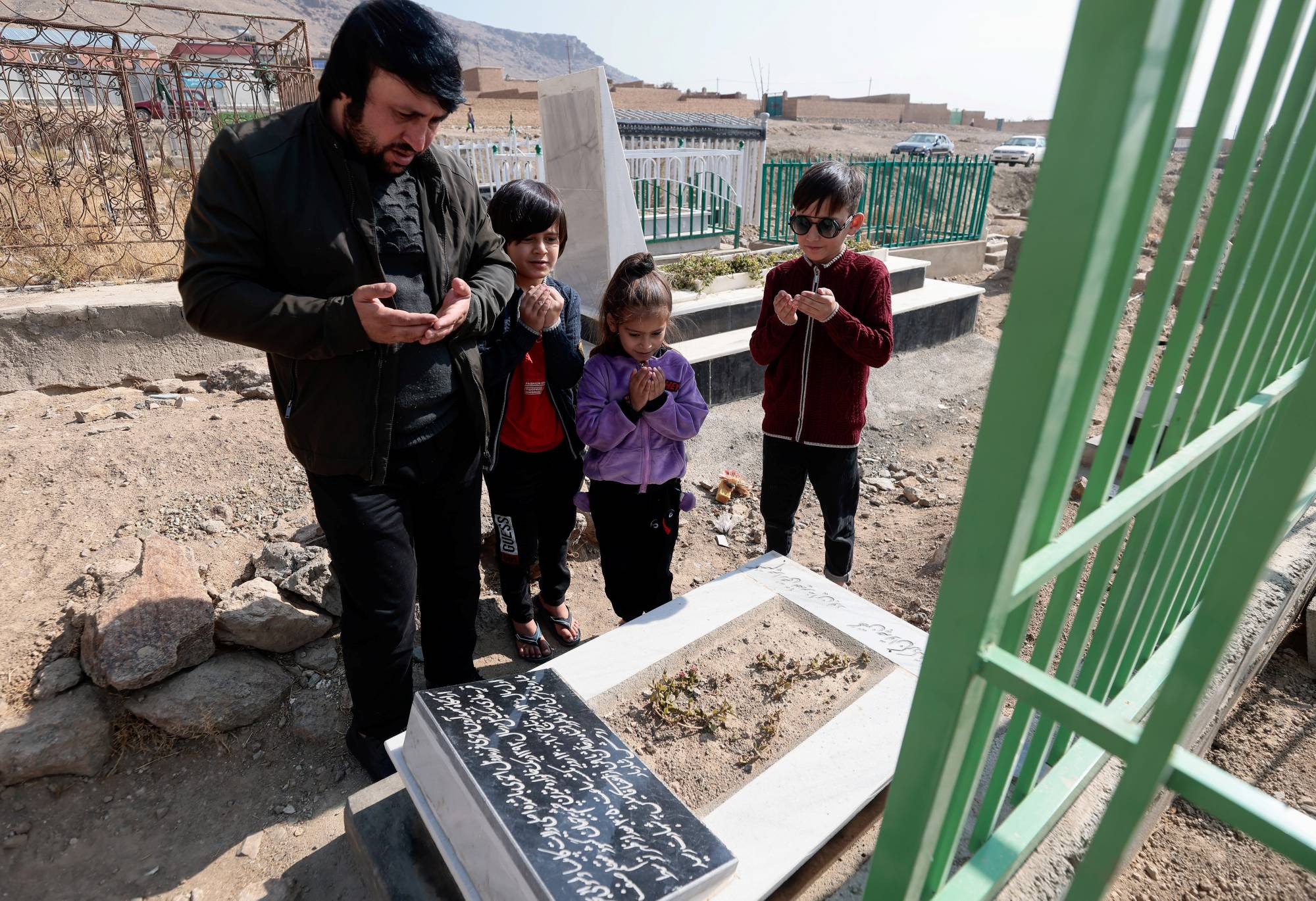The pandemic has already given the future a distinctly dystopian look. And then there’s this: the burgeoning of the "second drone age.”
That’s how experts are describing the international drone market — which ranges from tiny startups selling $1,000-to-$2,000 off-the-shelf technology that can be easily weaponized by terrorist groups like the Taliban, to high-tech unmanned vehicles that can carry laser-guided munitions and Hellfire missiles. It’s an even more highly autonomized proliferation of the first age of drones, which has been dominated by the U.S. since its first attack using a remotely piloted craft in 2001. Now, it’s an ungoverned, unregulated space with billions of dollars to be made and thousands of lives at stake.
The deadly shortcomings of this high-tech violence were placed squarely in the public eye with the U.S. drone strike in Kabul on Aug. 29 that targeted terrorists but instead killed 10 Afghan civilians, including seven children. It was a failure of military intelligence and, like so many other civilian fatalities of the U.S. air wars, including those featured in a New York Times investigation published in December, there was no finding of wrongdoing against those involved.


















With your current subscription plan you can comment on stories. However, before writing your first comment, please create a display name in the Profile section of your subscriber account page.